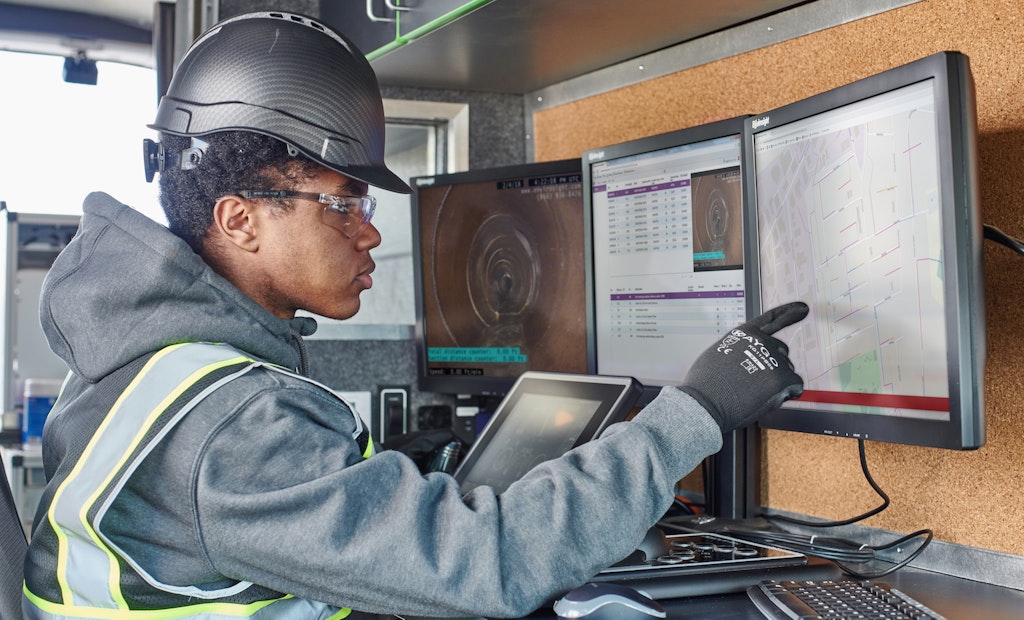Interested in Inspection?
Get Inspection articles, news and videos right in your inbox! Sign up now.
Inspection + Get AlertsMunicipalities and contractors that are looking to streamline their workflows for peak efficiency can learn about the fundamentals in Envirosight’s new white paper Digital Workflows for Wastewater Inspection and Maintenance.
Updating conventional approaches
Many aspects of the traditional inspection workflows are disjointed and inefficient in today’s wastewater environment. The pandemic has exposed these inefficiencies and emphasized the need for more connected teams, processes and data. In contrast, digital workflows support and guide inspection crews through every step, from creating and assigning work orders to coding and analyzing inspection data. In many ways, digital applications can fill the gaps in an inspection workflow and open up new opportunities for efficiency.
What a digital workflow offers
At the core, digital inspection workflows provide consistency, efficiency and flexibility. They automate routine tasks, allowing operators to focus more on the job at hand, and they enable geographically dispersed crews to collaborate. With sewer data securely stored in the cloud, operators in the field can quickly share findings with engineers in the office, and contractors can easily pass work orders and reports back and forth with municipal clients. Furthermore, inspection software helps teams eliminate human error by guiding users through standardization protocols and validating data before export to ensure consistency and compliance.
Digital workflows as the wave of the future
Adopting a digital workflow means being prepared for future advancements in inspection technology. The trajectory of AI has opened the door to new possibilities in data analysis and defect coding. Geometric data is helping operators build 3D models of sewer systems that can be used in hydrologic and hydraulic modeling. Sewer teams can use a digital workflow to facilitate these highly valuable processes, allowing them to extract more from their data and better predict and anticipate inspection and maintenance needs.
Learn more about the value of digital workflows with Envirosight’s new white paper, Digital Workflows for Wastewater Inspection and Maintenance.
Visit the Envirosight Storefront






